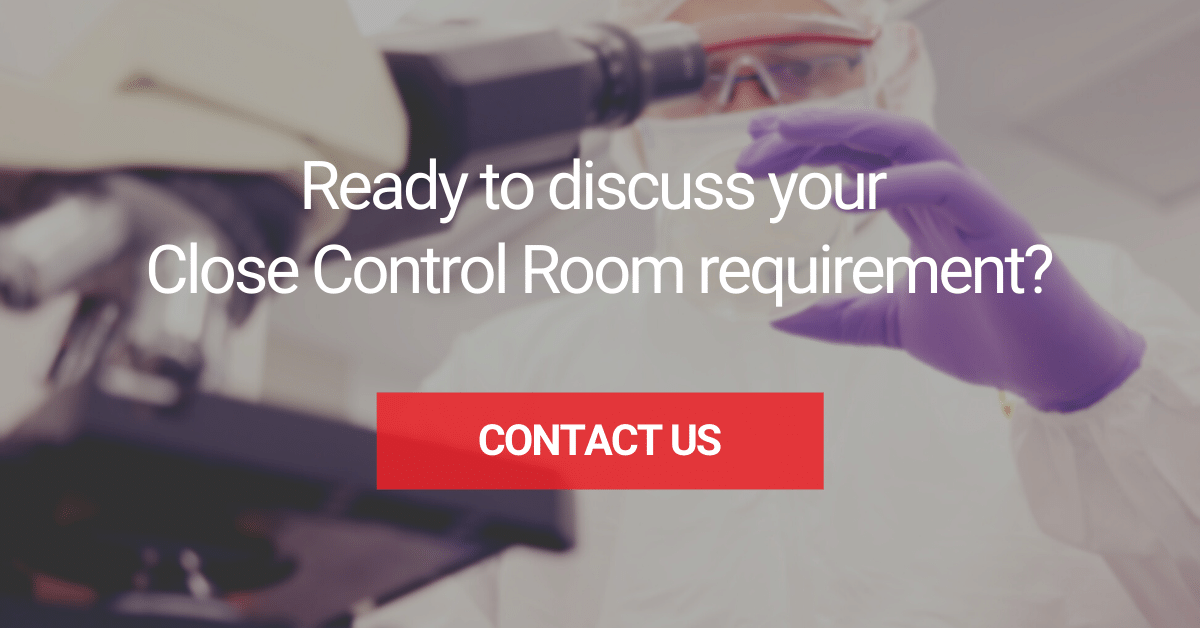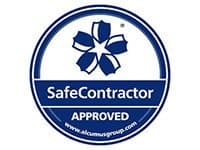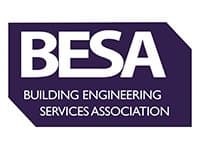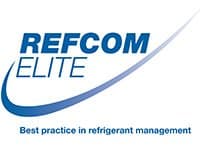Laboratory equipment can be directly affected by the temperature around it. Being able to maintain and control a constant and well regulated environment is critical in ensuring the ongoing performance of the same.
Laboratory equipment, measurement and calibration machinery, computer systems and many other necessary components of commercial practice, produce their own source of heat when they are running on a constant basis, therefore directly raising the temperature of the room in which they sit incrementally.
Being able to keep the ambient temperature at the optimum levels to ensure comfortable working conditions and a low risk of system failure, as well as the ongoing integrity of results, is an important consideration.
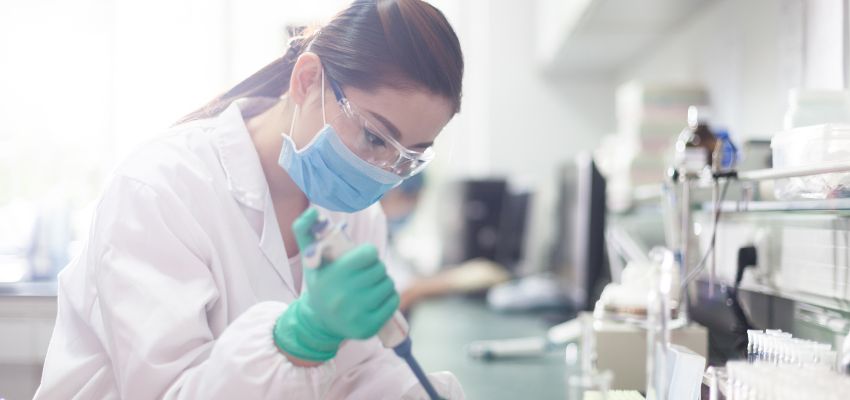
There are many areas of consideration that should be factored in to keeping these specialist environments at the right temperature for optimum performance. Monitoring the temperature is necessary to control equipment such as thermal cycles, refrigerators, water baths, furnaces and much more. Many of the latest Calibration and measurement (CMM) machines are extremely precise and will not operate if the ambient conditions are not within specified range.
It is also important to control and monitor the humidity in the rooms where medicines and samples are stored, as well as recording differential pressure levels to help lower the risk of any cross contamination.
The direct relationship between room temperature and equipment temperature stability
If we consider the many hospital, research laboratories, measurement and other important facilities that house scientific or medical equipment, it is already well established that the ambient temperature in the room can affect the performance of the equipment contained therein.
The optimum temperatures for such facilities will depend on the classification for the room and the requirements of the machinery located within the space. For example a calibration & measurement room Class 1 would usually require temperature of 20°C +/- 1°C and a class 2 room a temperature of 20°C +/- 2°C together with closely controlled air flow.
Laboratories with less precise temperature requirements should be somewhere between 21 and 23°C, but power sources and external considerations can often see the temperatures fluctuate between 19 and 25 °C. The heating and cooling systems in the room can alter the air flow patterns and lead to hot and cold spots developing. Such variations in temperature can affect the stability of the equipment.
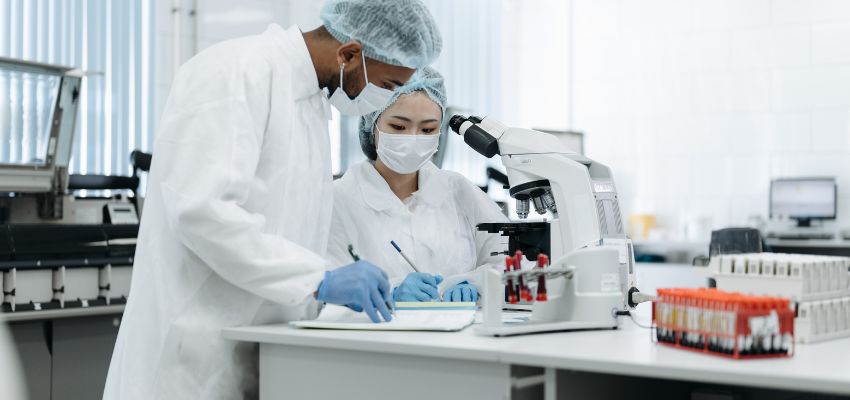
There is indeed a direct relationship between the temperature of a room and the stability and performance of the equipment housed within it. When the ambient temperature is increased or decreased, the temperature of the equipment is known to react in a corresponding manner.
These changes also happened very quickly, and often within a matter of minutes, meaning that being able to control any variations in temperature at the touch of a button, is vital to the successful running of any such equipment.
Temperature Regulations in the UK
Laboratory temperature can play a crucial role in achieving determined results. It’s one of the reasons there are standards designed to create optimal lab conditions.
Here in the UK, there are regulations and procedures in place that ensure laboratory standards are uniform. Both UKAS and ISO have guidelines as to the optimal temperatures for laboratory conditions that must be adhered to in order to ensure that results are always completely accurate and that there is no risk of cross contamination.
In a hospital environment, the MHRA (The Medicines and Healthcare Products Regulatory Agency) continues to impose strict rules on exactly how lab temperature is monitored in order to achieve higher quality control across the board. The CQC has also fully embraced software solutions to alleviate the risk of human errors when it comes to measuring temperature.
An unregulated climate can allow for the growth of microbes and bacteria which can skew test results beyond all recognition. Blood components, clinical samples and a never ending variety of chemical samples all need to be protected from any environmental issues that could see the temperature vary outside of the pre-defined ranges. In order to ensure that this never happens, having high quality temperature monitoring data is essential for regulatory compliance.
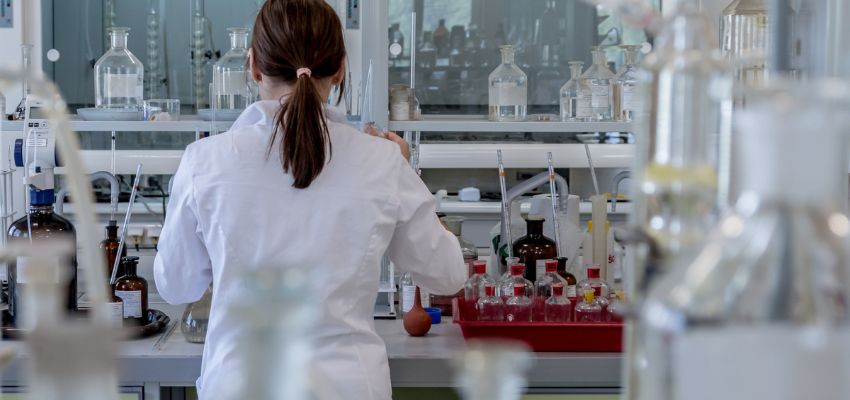
Room and equipment temperatures should be monitored faithfully
With so many regulations and compliance requirements in place, it is of vital importance that every business which relies upon the use of laboratory equipment is able to rely on a comprehensible monitoring system to ensure that temperatures always remain within the guidelines.
Constant monitoring of the room is needed to ensure that temperatures never vary from where they should be. A comprehensive and bespoke air monitoring system should be installed in order to record temperatures from off site, on a constant basis. Alarm systems should also be in place to alert those that monitor the room of any changes in air temperature and humidity. Such systems can also:
- Reduce the risk of incorrect sample results for compounds and chemicals that can be directly affected by changes in temperature.
- Cut wastage by ensuring that fridges and freezers always run at optimum temperatures to ensure value samples are always well protected
- Identify issues or failures in equipment from both on and off site to ensure early correction
- User actions and recorded alarms can be logged to provide a comprehensive audit trail for complete accountability.
- Electronic data systems allow for a real time monitoring, electronic signatures and tamper proof data storage with backup.
- Centralise and consolidate reporting to ensure compliance at all times.
Protecting the integrity of the samples held within any temperature controlled laboratory environment is crucial to the success of the facility.
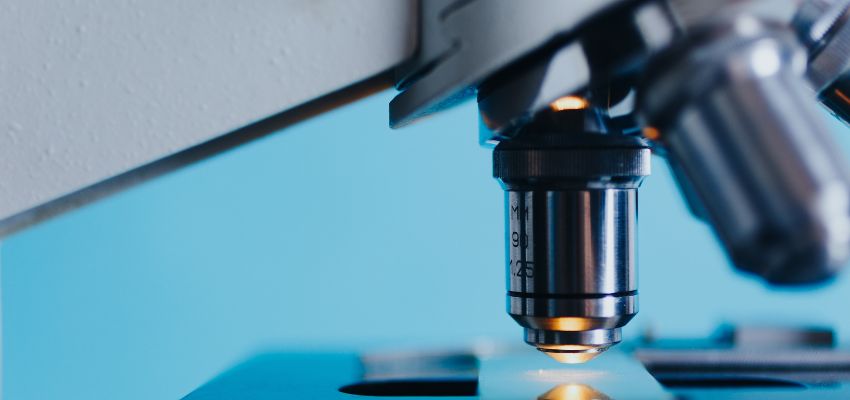
Stored samples must be able to be monitored at all times and there should be systems in place to ensure that they never fall outside of the pre-determined and regulated temperatures. A digital temperature monitoring system, backed up with alarms and the ability to change the temperature at the touch of a button, is the only way to ensure complete environmental stability at all times.
With over 20 years experience within the commercial air conditioning industry, Total Environmental Kooling can design, install, maintain and repair a range of complex close control systems for laboratories and measurement facilities throughout the UK and Europe. We understand the importance of specialist systems for laboratories, research environments, quality control and medical facilities and we can provide an entire turnkey package or modify and update an existing room depending on your requirements.
Together, we can source solutions that will ensure that your temperature control requirements can be monitored, adjusted and reported at the touch of a button. Call our specialist teams today on 0117 952 3355 or contact us to find out more.
